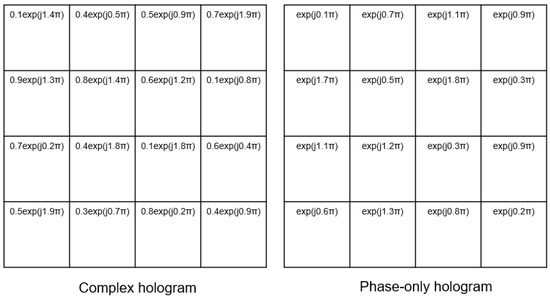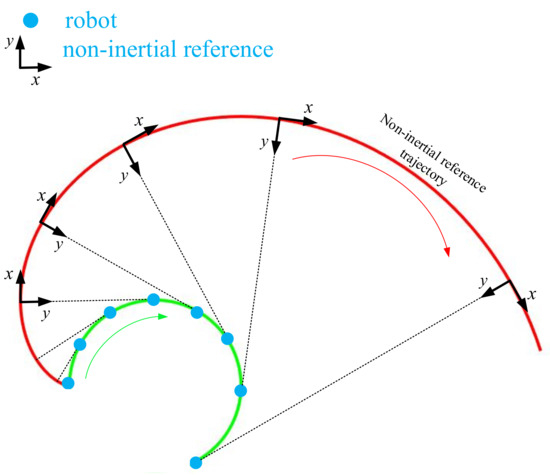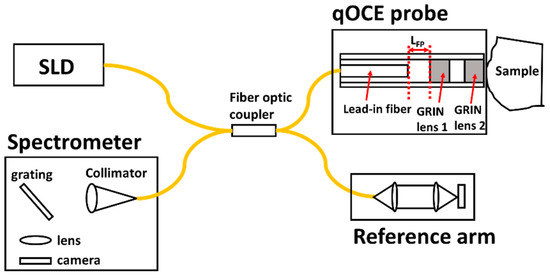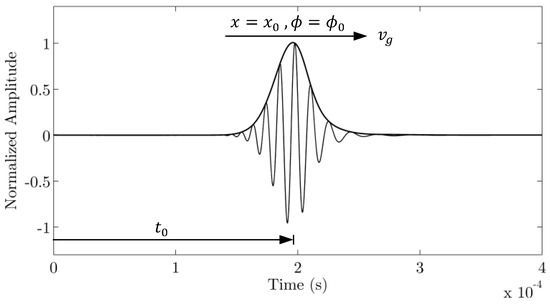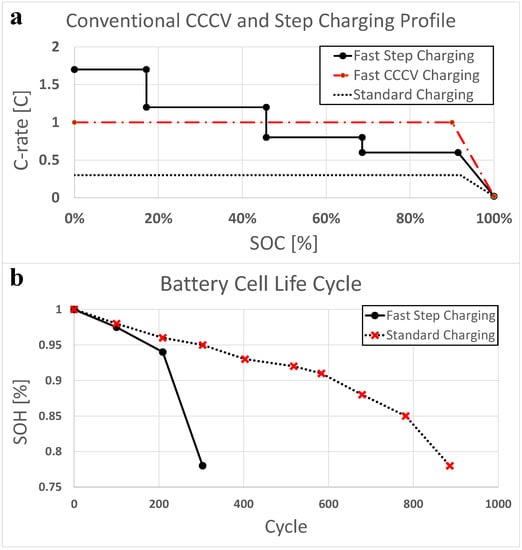1
Computer Engineering, Chemnitz University of Technology, Straße der Nationen 62, 09111 Chemnitz, Germany
2
Forming and Joining, Chemnitz University of Technology, Reichenhainer Straße 70, 09107 Chemnitz, Germany
3
Department of Lightweight Structures and Polymer Technology, Chemnitz University of Technology, Reichenhainer Straße 31/33, 09126 Chemnitz, Germany
Appl. Sci. 2018, 8(8), 1261; https://doi.org/10.3390/app8081261 - 31 Jul 2018
Cited by 6 | Viewed by 4003
Abstract
Achieving lightweight construction through only material substitution does not realize the full potential of producing a lightweight material, hence, it is no longer sufficient. Weight-saving goals are best achieved through additional function integration. In order to implement this premise for mass production, a
[...] Read more.
Achieving lightweight construction through only material substitution does not realize the full potential of producing a lightweight material, hence, it is no longer sufficient. Weight-saving goals are best achieved through additional function integration. In order to implement this premise for mass production, a manufacturing process for joining and forming hybrid laminates using a new tool concept is presented. All materials used are widely producible and processable. The manufactured cover of an automotive center console serves to demonstrate a human interface device with impact detection and action execution. This is only possible through a machine learning system, which is implemented on a small—and thus space- and energy-saving—embedded system. The measurement results confirm the objective and show that localization was sufficiently accurate.
Full article
(This article belongs to the Special Issue Smart Sustainable Manufacturing Systems)
▼
Show Figures




